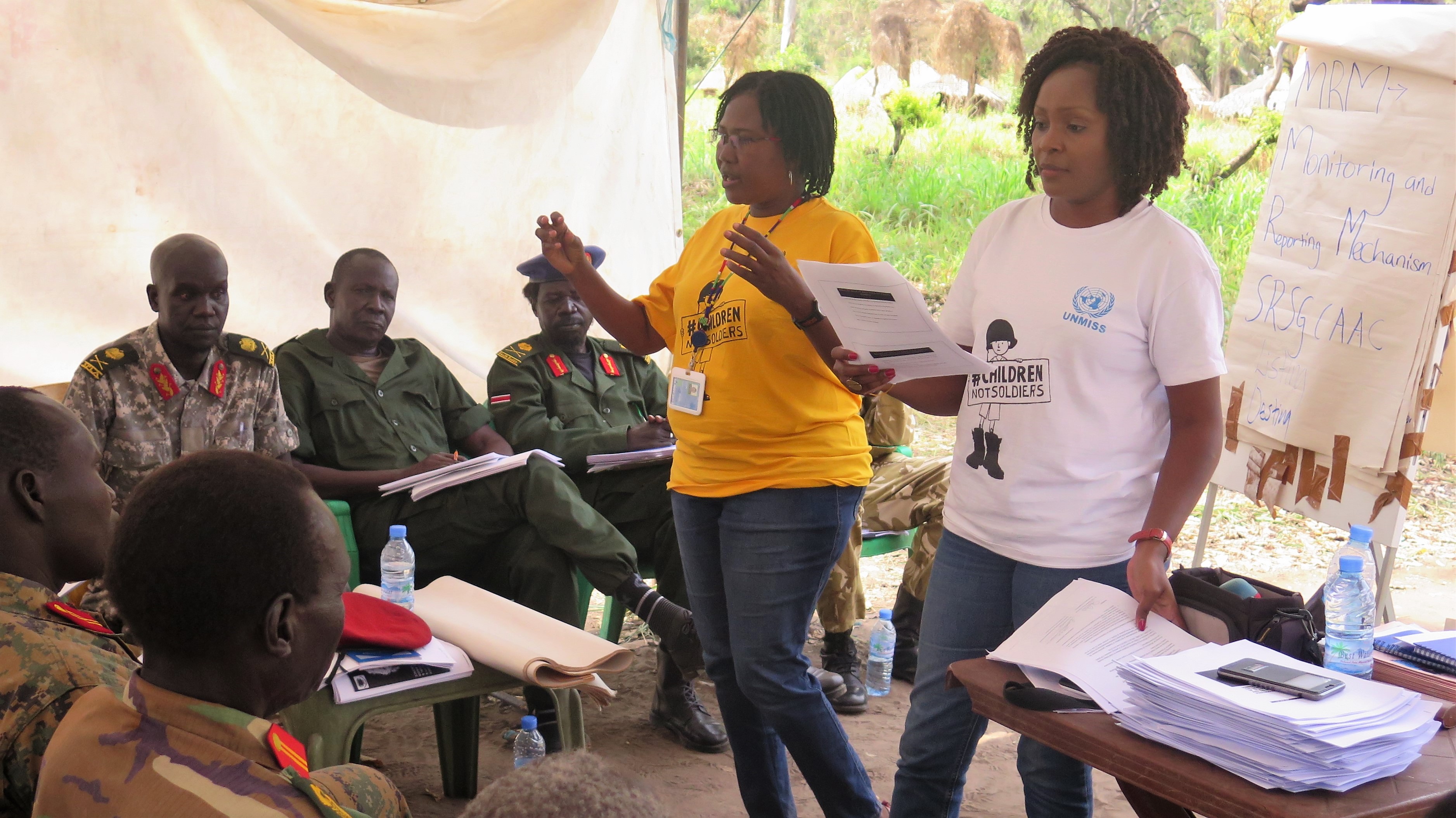

Vaccination coverage in Nigeria has been estimated nationally and subnationally through numerous efforts, including via surveys, administrative data, and various modelling approaches 1, 2. These results demonstrate that geospatially-modelled coverage estimates can be a valuable additional tool to understand coverage in locations where conflict prevents representative sampling. We compared sampling cluster locations from recent household-based surveys to geolocated data on conflict locations and modelled spatial coverage estimates, while also investigating the importance of reliable population estimates when assessing coverage in conflict settings. We estimated first- and third-dose diphtheria-tetanus-pertussis vaccine coverage in Borno state, Nigeria, using a spatiotemporal MBG modelling approach, then compared these to estimates from recent conflict-affected, household-based surveys. In these situations, model-based geostatistical (MBG) approaches offer alternative coverage estimates for administrative units affected by conflict. However, conflict can limit the reliability of coverage estimates from traditional household-based surveys due to an inability to sample in unsafe and insecure areas and increased uncertainty in underlying population estimates. Reliable estimates of subnational vaccination coverage are critical to track progress towards global immunisation targets and ensure equitable health outcomes for all children. Scientific Reports volume 13, Article number: 11085 ( 2023)

Estimating vaccine coverage in conflict settings using geospatial methods: a case study in Borno state, Nigeria


 0 kommentar(er)
0 kommentar(er)
